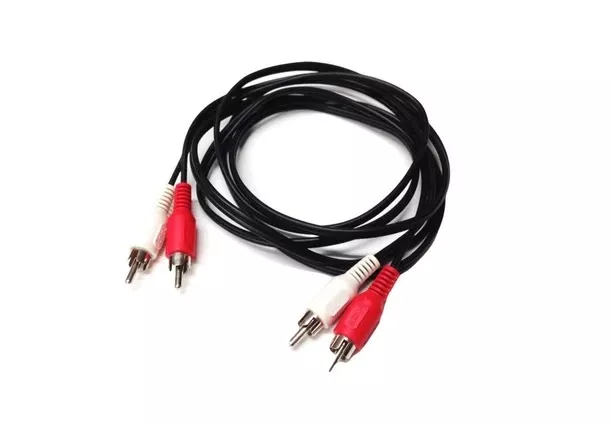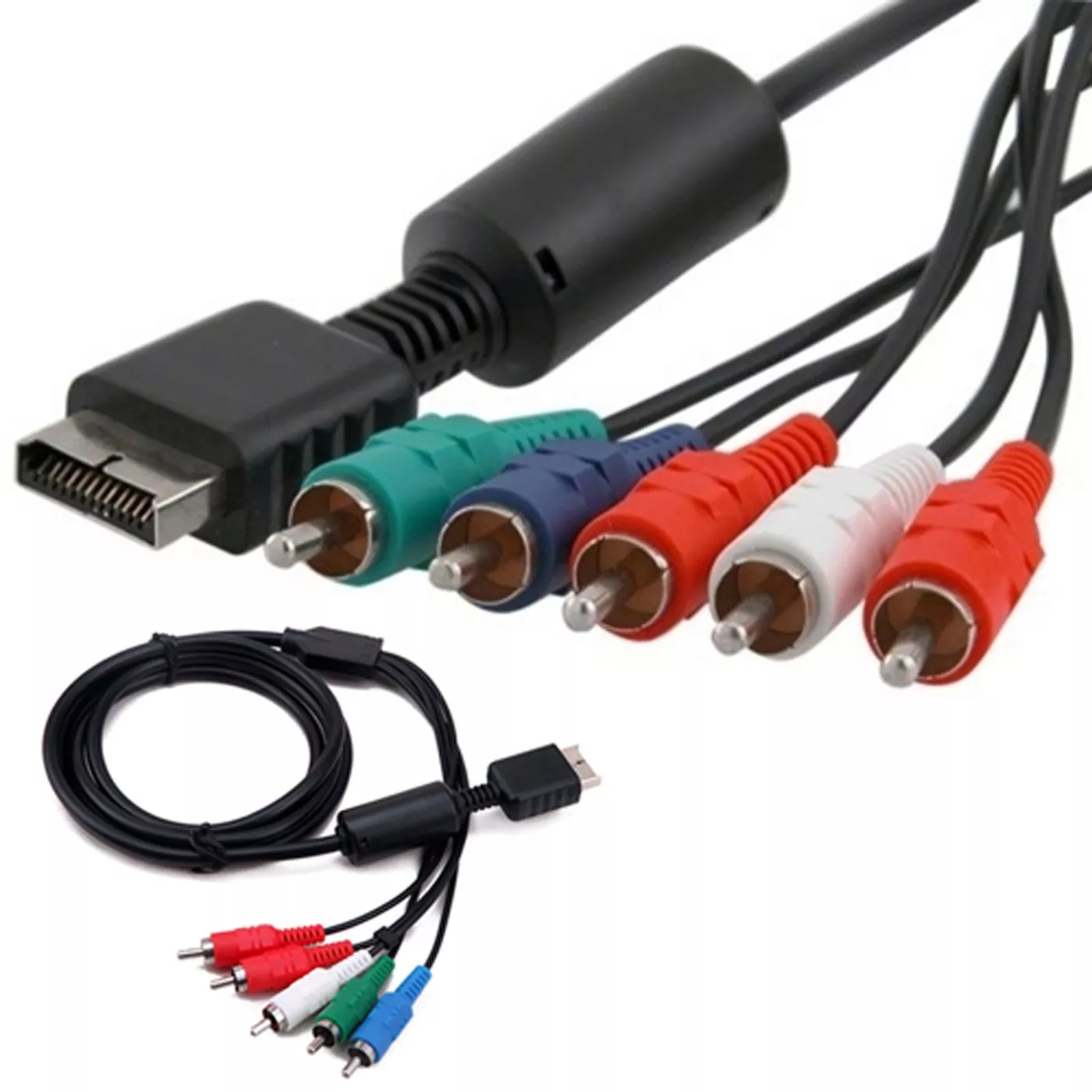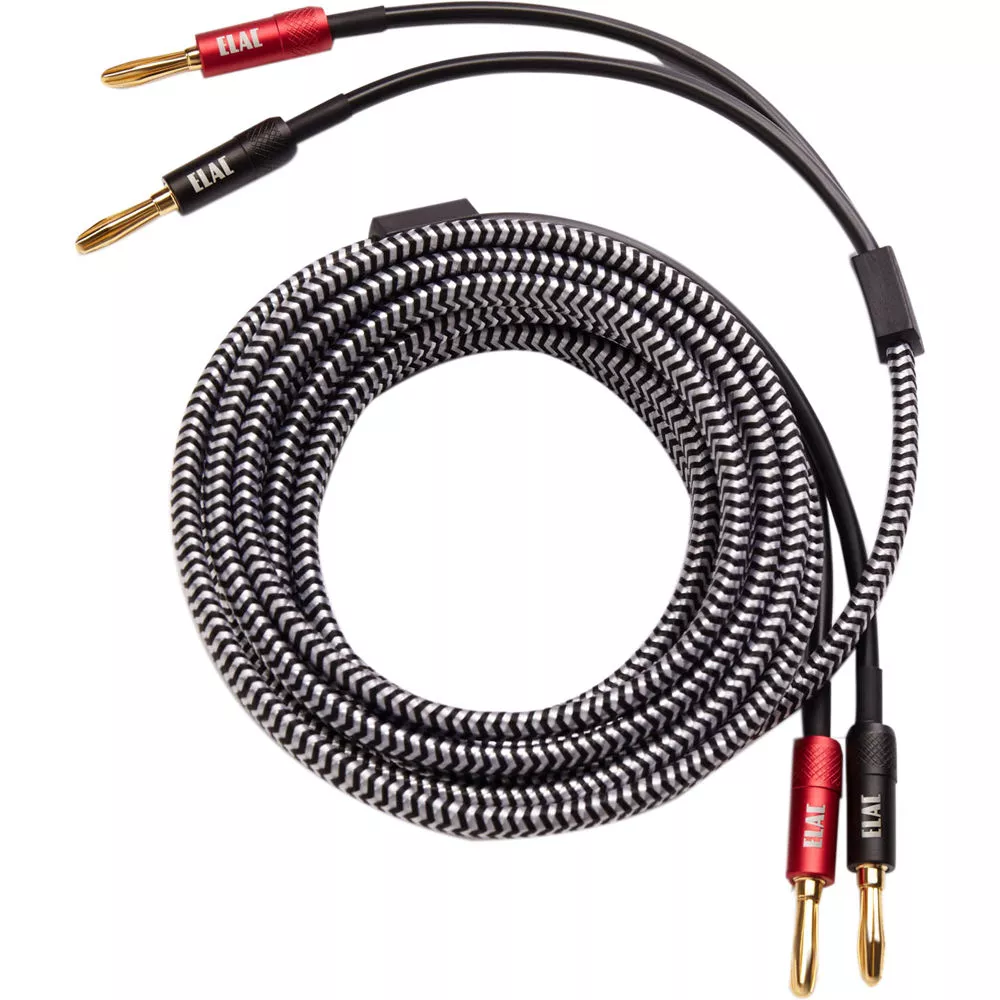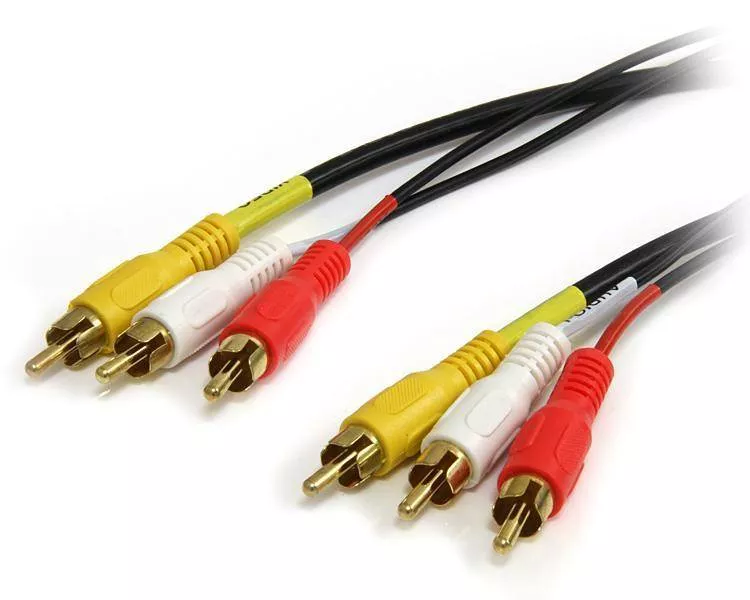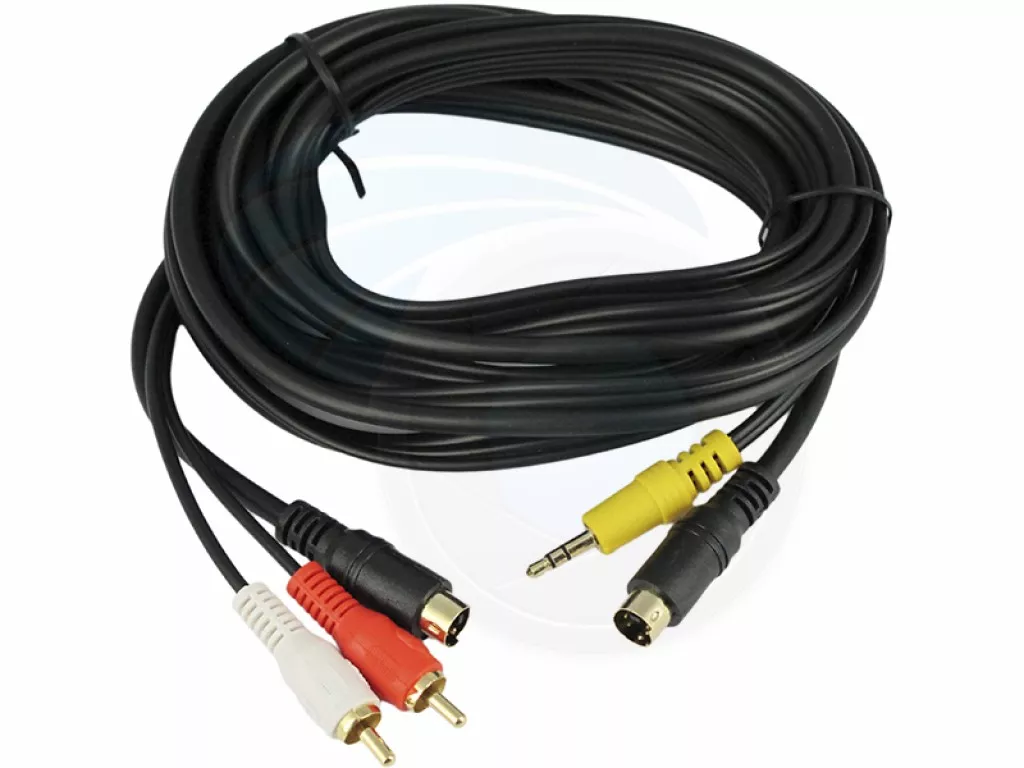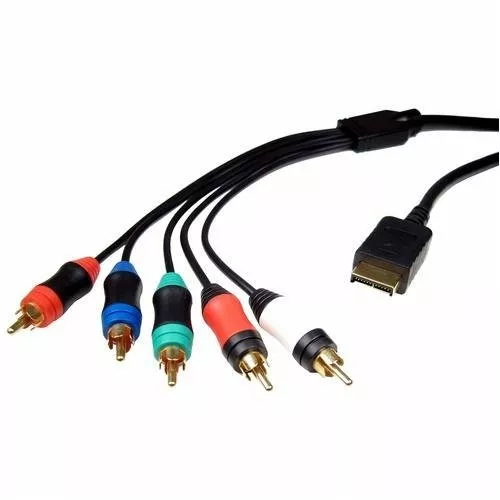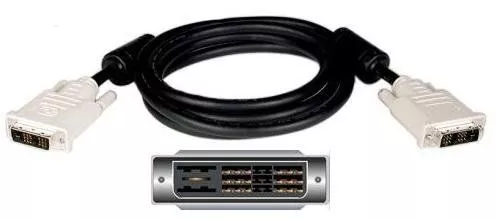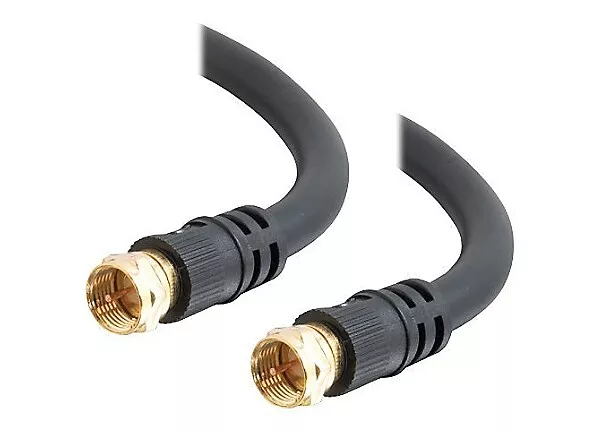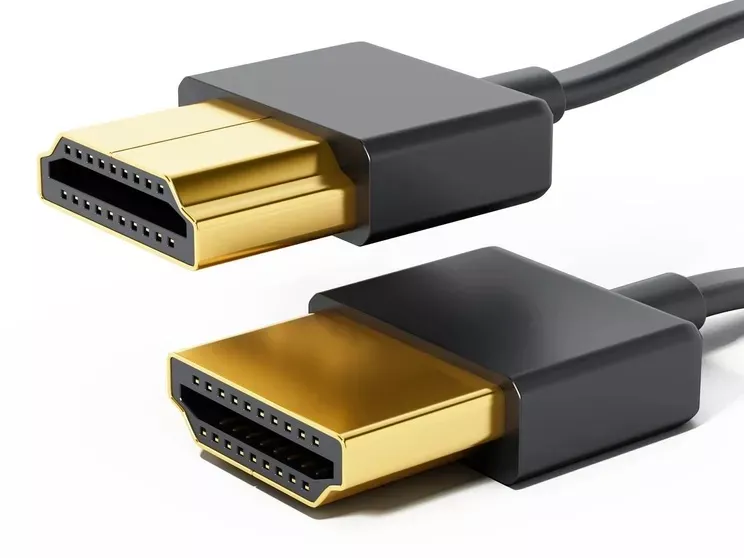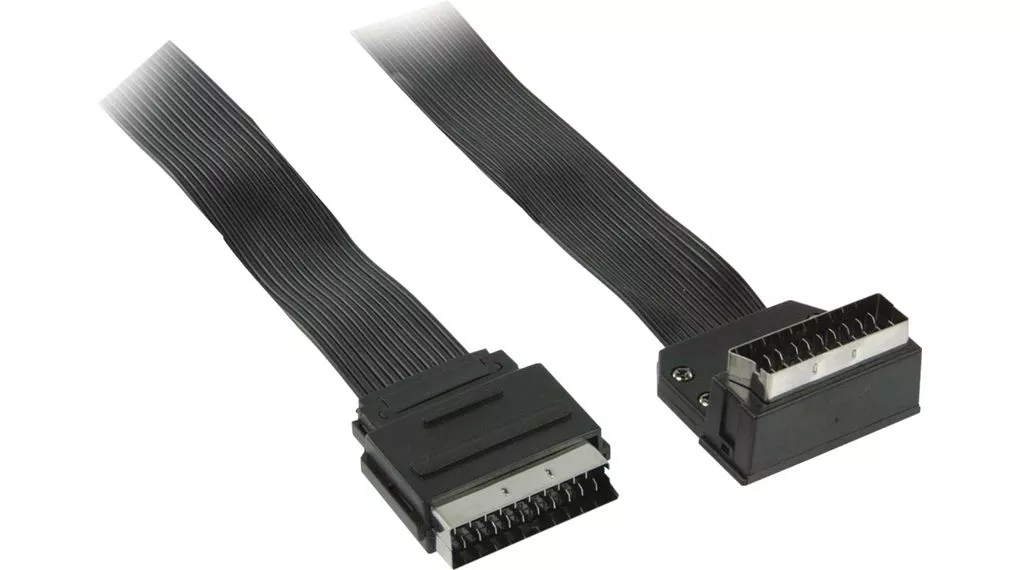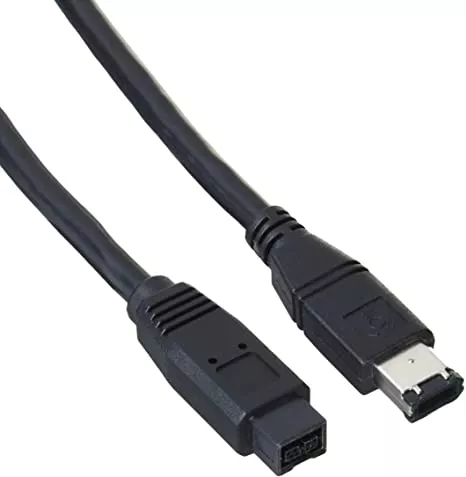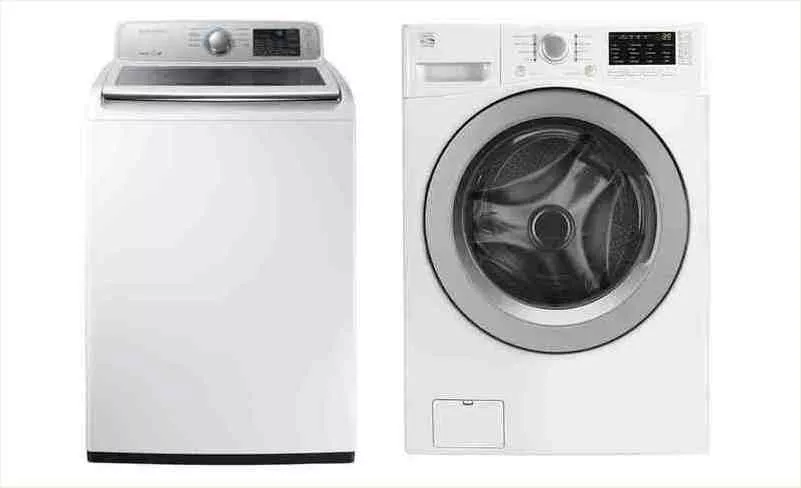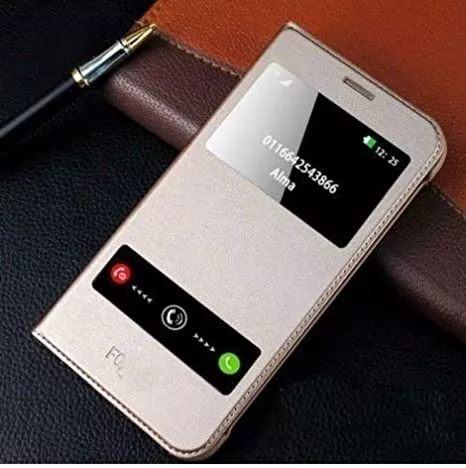The selection of cable at the electronics shop can be dubbed as the “wall of confusion.” Not only are there a number of different types of video & audio cable (some for home theaters, some for HDTVs, some for stereos, and so on). Even if you are sufficiently lucky to find the cable you require, you still have to make a decision between suspiciously cheap and super expensive.
And then there is the salesman. He will tell you everything that you do not need to know. His main objective is to sell you a lot other needless stuff apart from the main cable that you need the most. He will ask you to purchase the stand that is used to keep the wires from touching the ground and similar stuff.
Today, we are going to help you get out of this situation. In simple words, we will explain what each kind of video or audio cable does and where it must be utilized. In addition to this, we will also talk about some myths related to cable, beginning with the misconception that the most costly cable is the best.
What Is Cable?
The main part of cable is to transport a video or audio signal from one machine to another. Cables transport signals between TVs and DVD players, speakers and stereo receivers, and video projectors and computers. Cables do not modify the property of the video or audio signal they transport. They do not process or convert signals in any manner. That is the job of the machines on either end. The cable only plays a role of the messenger.
Cables are composed up of 3 fundamental parts: shielding, conductor, and connector. The conductor is the wire that essentially transports the signal. One or multiple layers of shielding stop the wire from playing a role of an antenna that catches RFI (radio frequency interference) and EMI (electromagnetic interference). The connector at the end of the cable is the plug that links to your machine.
Cables are essential elements of any home theater or home stereo setup. If you do not employ the correct cables for the correct job then you can end up with subpar picture or sound quality. And if you employ cables that are dented or otherwise damaged, you can actually end up with a miserable experience. For audiophiles, employing inferior cables with a $5,000 plasma television is similar to using crappy tires for a Ferrari.
Some video and audio experts claim that users must invest 20% of their entire system price alone on cables. The truth is that most of the affordable cables provide a viewing or listening experience that most users can never tell from the actually superior cables.
To keep things easy, we are going to fragment down the irresistible amount of cable kinds into 3 sections: video-only, audio-only, and audio/video cables that transport both picture and sound.
Coat Hanger VS Monster Cable
Can you tell blindfolded the difference between music playing on over a pair of twisted coat hangers and the same music on a $125 pair of Monster audio cables? As per one informal study, the answer is negative. Experts saw the outcomes of a research conducted on 5 audio fans to the media. All claimed that both the cheapo coat hangers and expensive Monster Cables sounded “excellent” equally.
Audio Cables
Let us begin with audio-only cables.
RCA Cables
The most ordinary audio cables are dubbed as analog RCA cables. These cables come with white and red color options, or sometimes black and red connectors. RCA cables are extensively employed to link devices such as DVD players and VCRs to CD players or TV sets to stereo receivers. RCA audio cables arrive in pairs with 2 connectors for each side, a black (or white) connector for left stereo and a red one for right stereo. They are often packed with video cables. Analysts suggest gold-plated RCA connectors for additional safety against corrosion, particularly if you reside in a humid region.
Analog Multi-Channel
Analog multi-channel cable is the last kind of audio-only cable. This cable is developed for employment with special players such as DVD-audio that play CDs recorded at superior sample rates for the utmost quality of sound. Analog multi-channel cable has 6–8 packed RCA connectors, each accountable for a separate audio channel on the stereo receiver’s back.
Speaker Wire
Speaker wire is the other most ordinary kind of audio cable. Speaker wire works will all speakers from a stereo receiver. It works with all except the subwoofer (that needs a coaxial cable). Every speaker requires its personal dedicated wire. Speakers not only get audio signals with the help of speaker wire but also receive the power.
Speaker wire is composed of 99% oxygen-free copper and normally comes “uncoated,” which means you can view the copper conductor. Speaker wire has different gauges or thicknesses rated between 12 and 18 (range between thickest and thinnest). As a normal rule, the longer is your speaker wire, the broader the gauge you must employ. 14-gauge is enough for speaker wire having length of almost 20 feet (6.1 Meters), but a 12-gauge wire is needed for anything more than 60 feet (18.3 meters).
Speaker wire is quite simple, so you can get away with purchasing bulk & inexpensive wire. And do not let anybody tell you that all of the speaker wires in your system require being the similar length. That is not true.
Almost all the audio recordings nowadays are digital, and there are different newer cables that focus in transporting digital high-bandwidth audio signals. Optical digital cable (also dubbed as Toslink and fiber-optic) carries audio signals as light pulses and is impermeable to meddling. One more digital audio cable is dubbed as digital coaxial. It seems similar to the old coaxial cables that link cable TV signals or satellite dishes to televisions, except this is particularly developed to transmit digital audio. You will see digital and optical coaxial jacks on newer CD players, DVD players, and stereo receivers.
Now that we had a look at the audio cable, let us see video-only cables, a slightly more complex topic.
Video Cables
Composite Video Cable
Composite video cable is the most common kind of video cable. A composite video cable has a single yellow RCA connector that is normally packed with white and red RCA analog audio cables. It is dubbed as composite video due to the fact that all of the video data (brightness, color, and sync) is squeezed, or composited, onto a single cable. These video cables have an utmost resolution of 330 lines and were developed for older TVs. They are good for seeing VHS tapes on the old televisions in the basement, but if you have an HDTV, or a modern TV, composite video cables just will not work for it.
S-Video Cables
S-video cables are a more advanced version of composite video cable with an utmost 400 lines of resolution. You will know an S-video cable by its nine-pin & circular connector. S-video distinguishes color data from picture data, leading to a crisper picture. Even though jacks for S-video are seen in a number of DVD players, TVs, and home theater receivers, the initial popularity of cable was rapidly dropped by component video cables.
Component Video Cables
Component video cables have 3 RCA connectors colored green, red, and blue. With the help of this cable, not only is color distinguished from picture, but the color part is divided into 2 different signals. The outcome is a super-sharp picture with profound saturation of color. Component video cables are perfect for linking high-definition video components such as HDTVs and Blu-ray players. Almost all the home theater receivers have a number of jacks for component video cable.
Digital Video Interface Cables
Digital video interface (DVI) cables were developed particularly for employment with HDTVs and other high-end video elements. They have huge, 18-pin connectors that seem akin to cables in computer. DVI cables provide the precise same quality of image as elements in video cables, apart from that DVI has an in-built copy protection protocol dubbed as High-bandwidth Digital Content Protection (HDCP). Critics of DVI state that the in-built protection method leads to compatibility issues with particular machines.
Now that we had a look at the video cable, let us see cables that transmit both video and audio signals.
Audio/Video Cables
Coaxial Video Cables
There are a few cables that carry both video and audio signals. For decades, coaxial video cables were one of the only options for linking video elements. Coaxial video cables have that well-known single-pin connector (stinger) that can either be screwed or pushed into place. Coaxial video cables are now typically confined to exterior connections, such as cable TV lines or satellite TV that comes via the wall. A solo coaxial cable transmits both audio and video signals.
HDMI Cables
HDMI cables are an upgraded edition of DVI. These cables were also developed for employment with HD elements, but their connector is much thinner, similar to a huge USB cable. HDMI also comprises HDCP protocol. Makers of HDMI cables are likely to advertise their item as the only option for linking HD video elements, but that is a myth. DVI cables work well equally. On the other hand, if you are employing an analog TV, all 3 work uniformly good.
SCART
In the UK and Europe, Syndicat des Constructeurs d’Appareils Radiorécepteurs et Téléviseurs (SCART) is the most popular dual-purpose cable. SCART cables have 21-pin, fat connectors. SCART cables in Europe operates as RCA analog audio cables as well as s-video, composite, and component video cables, but they cannot transit high-bandwidth digital audio or video signals, such as those required for modern TVs. HDMI is the ideal cable for HD elements in Europe.
FireWire
IEEE 1394, or FireWire, cables are mostly related with linking machines to PCs, but a couple of high-end HDTVs and home theater receivers now have FireWire ports. FireWire has the ability to carry digital audio and compressed MPEG-2 video. To show off some unedited footage, you may employ a FireWire cable to link a digital video camera directly to your home theater system.
In a nutshell, here are the cables that you might employ for some ordinary home entertainment systems.
Home stereo system (stereo receiver, CD changer, or speakers):
- Highest-end: If you need the supreme sound of DVD-audio, you will require 12-gauge speaker wire and special DVD-audio cables
- Higher-end: If you need crisper digital audio, opt thicker speaker wire or the digital coaxial or optical cables and.
- Lower-end: If you are playing regular MP3s or CDs, you will only require speaker wire and RCA analog audio cables.
Home theater system (DVD player or VCR, Blu-ray player, home theater receiver, video game console, speakers, TV):
- Highest-end: Once you are in the realm of high definition, you will require using either HDMI or DVI (one of the two copy-protected options) or the component video cables. You will also need to spend in thick-gauge speaker cable to take the most advantage of your surround-sound system.
- Higher-end: For a modern standard-definition television, you must actually update to component video cables. RCA cables will operate good only for audio.
- Lower-end: If you have an aged standard-definition television and mostly employ your system to see normal VHS tapes or DVDs, then it works great with a composite video cable packed with RCA analog audio cables.
If you feel that this article was helpful, do let us know by commenting below. In addition to this, you can also write to us some more tips that you are aware of. We would be happy to include them.


